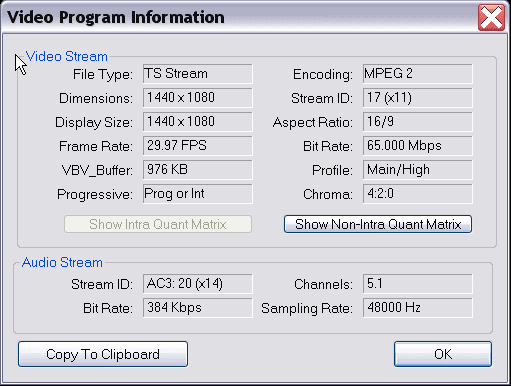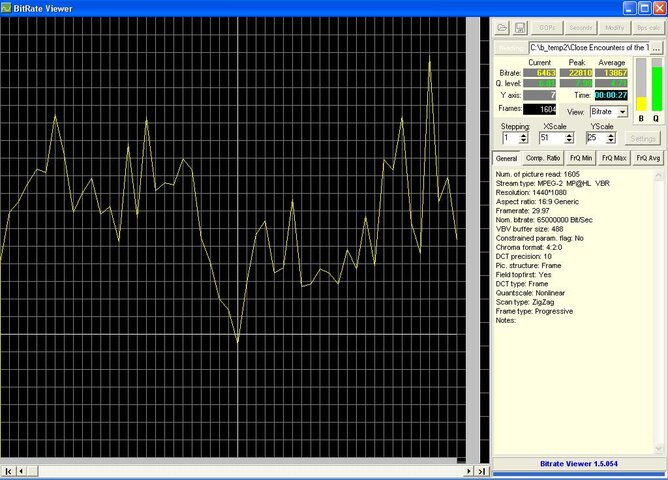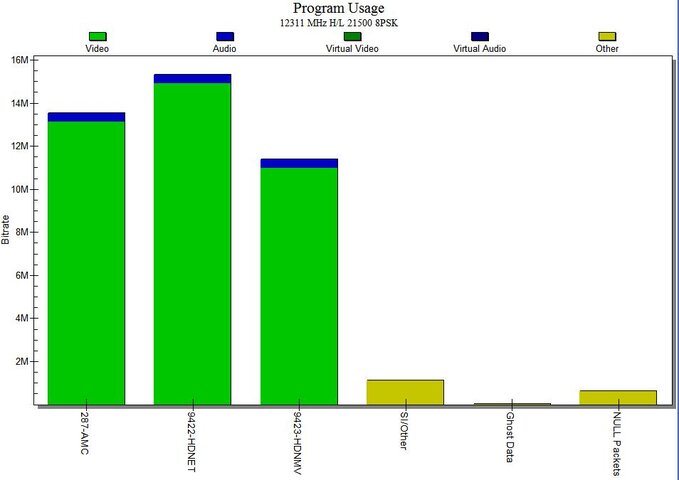Your probably right. Would you believe 2 HD streams. Channel 287 HD preview is gone for now.
Last Update: 2:22 AM 1/18/07
??? American Movie Classics AMC 287 7 110° E*8
http://www.dishchannelchart.com/
If HDNET TS is 14.62Mbps and if HDNMV is about the same, theirs plenty of room for SD on that transponder 38Mbps bandwidth. With 3 HD channels the average of the 3 would be 12.6 Mbps.
It could be, but again, SD IRDs do not have 8PSK capability, so Dish has not ever or will not ever (nor can they) mix 2 HD 8PSK signals and a SD QPSK signal on a transponder - thus your Good, Better, Best Chart has what has never been done and isn't possible with about 12 Million SD IRDs in service.




